Trigger Warning: This story references childhood sexual assault.
When someone with more social capital and other power than me caused immense harm, I hoped that my community would help me heal.
Although it took decades to occur, I am currently part of various healing communities and have support from so many loved ones on my healing journey. I cherish each community to which I belong.
Harm does not occur in isolation; communities create and support the perpetration of damage, sometimes overtly and other times covertly.
Adult perpetrators grew up within a community that shaped them. As they matured, they absorbed the implicit and explicit lessons from the culture, family, or other system that raised them.
Understanding the Role of Healing in Community: Groups, Families, and Culture
Among other lessons, they learned about the values of various groups of people, which likely impacted their attitudes and behaviors toward those groups.
For example, in a patriarchal culture, the implicit lessons given by society and individual community members include messages that boys/men have more value than girls/women and nonbinary people.
Likewise, children learn that in a particular community, those with more power (majoritized groups) are entitled to harm those they deny equal power (minoritized groups).
Children absorb these messages from birth. The patriarchal culture reinforces them repeatedly.
Consider the ways adults tend to pay more attention to boys, allow boys to act like children longer than they allow girls to do so, punish the same behaviors from girls (e.g., assertiveness) that they praise from boys, how the (in)justice system tends to treat crimes that disproportionately are committed by one gender against the other (e.g., sex crimes), and more.
By the time we become adults, we’ve thoroughly absorbed our culture’s messages and may unconsciously or consciously replicate them.
Thus, when others harm us, we may blame ourselves. Our community teaches us to condemn victims so that perpetrators can evade responsibility.
“I shouldn’t have worn that.” “I should have screamed more times.” “Maybe, I should have stayed home.” “I shouldn’t have wanted affection.” “I shouldn’t have hugged him/her/them.” In other words, we “should”—and “shouldn’t”—all over ourselves.
Organizations Can Be a Healing Power or Perpetrator Protectors
Society helps create—and sometimes heal—perpetrators and victims, often in collaboration with organizations that either contribute to harm or work towards healing.
Harm does not occur in a vacuum. All the messages about who has power and who doesn’t, who is entitled to whom, who is responsible for the actions of predators, etc., shape the dynamics in which crimes occur.
The stories we hear and tell allow bystanders to justify looking away.
When I was in elementary school, the school treated bullying as far more acceptable than speaking up about bullying. We children learned that most adults at school would not protect us from harm, and if we told a teacher, they punished us for “tattling.”
I soon accepted that some peers would bully me every day at school and stopped trying to get help or even telling anyone about it. The school community condoned this type of harm toward me and others who stood out from the “norm.” I was a quiet, shy, sensitive, gifted, neurodivergent little girl.
This culture likewise protected teachers who were unkind toward some or all of their students. Other adults didn’t intervene when teachers yelled and/or cursed at students, slammed and/or broke objects in anger, etc.
Children didn’t necessarily tell their parents about what happened at school. As for some, it was not out of the ordinary to be a target of anger. Others didn’t feel that it involved them. Besides, the community trained children not to “tattle.”
Healing in Community is Hard When There is a Sense of Protection for The Abuser
Into this community came my upper elementary teacher, all gregarious charm and manipulative facades.
She quickly sized up the school culture and crafted an image for herself of a devoted, industrious, and compassionate teacher who valued her students. Hiding under the carefully constructed facades, she fooled most of the community, who did not see who (or what) she truly was.
She gave excuses for her behavior, such as she was trying to create a healthy relationship with a troubled student, she was helping build a shy student’s mental health and confidence, and more.
Since she didn’t fit the image of a pedophile, she slipped under the radar, and adults turned away from behaviors they would have questioned or reported if a man engaged in them.
My teacher grew bolder with what she did in front of others when she kept getting away with it. She seemed to get a high from hiding in plain sight.
She held me in her arms and on her lap, kissed me on the lips, adjusted my clothes, put her hands on my cheeks, and much more, all in sight of other adults, especially the other grade-level teacher.
The other grade-level teacher saw me sleeping in my teacher’s arms when I felt overwhelmed and exhausted. She saw my teacher come out of the same bathroom stall with me. She knew my teacher spent many recesses, specials, and other times alone with me behind a closed door.
I’d even told this teacher that my teacher was too handsy with me, that I didn’t want to be around her, that she scared me, and more. The administration didn’t walk around the school or visit classrooms, so my teacher knew the principal wouldn’t see or do anything.
The adults around me failed me, especially the other grade-level teacher. The harm continued because the adults chose not to notice or to help me.
They chose to ignore my behavior changes that showed something was seriously wrong. The same community that tacitly approved of bullying demonstrated no concern for sexual, physical, and emotional abuse.
She Had Access While I Had No One and No Hope
When I told, the community traumatized me further. The police failed me due to their embrace of a single story of a child molester. Other adults who rushed to defend the predator also caused me additional harm, especially those who helped my abuser retaliate against me for years.
Since this harm happened in a community, it takes a community to help heal it. Access to local resources, such as therapists, workshops, support networks, and community services, is crucial for healing.
Ideally, this would include those who perpetrated damage and/or allowed it to occur. However, the abuser is dead, as are some of her enablers.
Other enablers have yet to acknowledge their roles in the harm, and a few continue to perpetuate falsehoods.
Thus, I turn to others. I am lucky to have phenomenal support on this and the other side. I am well-loved and have healthy relationships, which is still hard for me to believe at times.
After so many years of people failing me, I have more support than I could have imagined as a child.
My Journey of Community Healing
I participate in mental health services like talk therapy, EMDR, and somatic therapy. Since the one I started with does not do EMDR or somatic therapy, I have two different therapists.
Both therapists provide me with safety and compassion to explore and process the harm done and heal from it. They help me find ways to show love and compassion to myself and to thrive.
They celebrate my successes with me, and we all make a wonderful team.
I also joined survivors’ groups on Facebook. These communities allow one to create posts asking questions about healing, behaviors, and more.
They provide space for survivors to discuss experiences and get advice from others, as well as give advice to others. For instance, questions about a specific type of therapy for alleviating certain symptoms. I’m a moderator in a group now and have made friends with other moderators.
Healing Communities That Have Been Beneficial to My Journey
Saprea is an organization that has myriad resources for sexual abuse survivors, though their resources focus mostly on women survivors, and they tend to assume a man was the abuser.
Some of the best community support from Saprea occurs through online survivor-led groups that meet regularly and follow a provided script.
These groups allow for education about symptoms and provide resources to rewire brains impacted by trauma. They include discussion about the meeting’s topic and provide space for members to set goals to try a specific healing practice.
Additionally, Saprea runs a 4-day retreat for women survivors. The retreat is free, though one needs to pay for transportation to the area.
This retreat allows a small group of survivors who spend time together learning about trauma and healing. Each day’s schedule includes workshops on movement, art, education, group sessions, healthy meals, and more. I’ve made dear friends from the retreat who enrich my life.
Being around and talking with other survivors helps me feel seen, heard, and not alone in my healing work.
Hidden Water is a restorative justice organization based on Anishinaabe principles. There are four colors of circles for diverse needs. Circles meet for 12 weeks in the fall and 12 weeks in the spring.
Once one has experience with several seasons of circles based on their needs, they can join a circle with participants from all circle colors.
So far, I’ve only attended one season, but it has transformed my journey. I felt safe and welcome as my entire self in this group. I shared things about my abuser, the abuse, and more, and I felt seen and heard.
But more importantly, I heard from other survivors about their abuse and its impacts, and I felt as though I was not alone.
These Communities and Services Have Provided Me With a Sense of Safety
I learned tools and techniques that I could apply to my own journey, and I felt free to share my missteps and mistakes as well as successes with the group. This community has changed me for the better, and I’m eager to attend another circle.
I also participate in an online book club for survivors. This book club reads books that center on survivors and/or focus on an aspect of healing.
Although most of the services accessible to me are online, in some places, there are other organizations that help survivors through local community partnerships with community centers and other accessible locations.
Harm doesn’t happen in isolation; neither does healing. We need each other. Humans aren’t meant to exist as separated as our modern world sometimes makes us. We need to spend time with others and to forge connections across differences and commonalities.
Our world is richer with human connection. While humans can cause harm, they can also help us transform. I am becoming more of the glorious warrior I am, thanks to the support of my beautiful, loving community. They celebrate my journey with pride and help me when I fall.
I have more peace, love, and joy in my life, as well as sacred spaces for the healing journey. I would not be who I am without my beloved community.

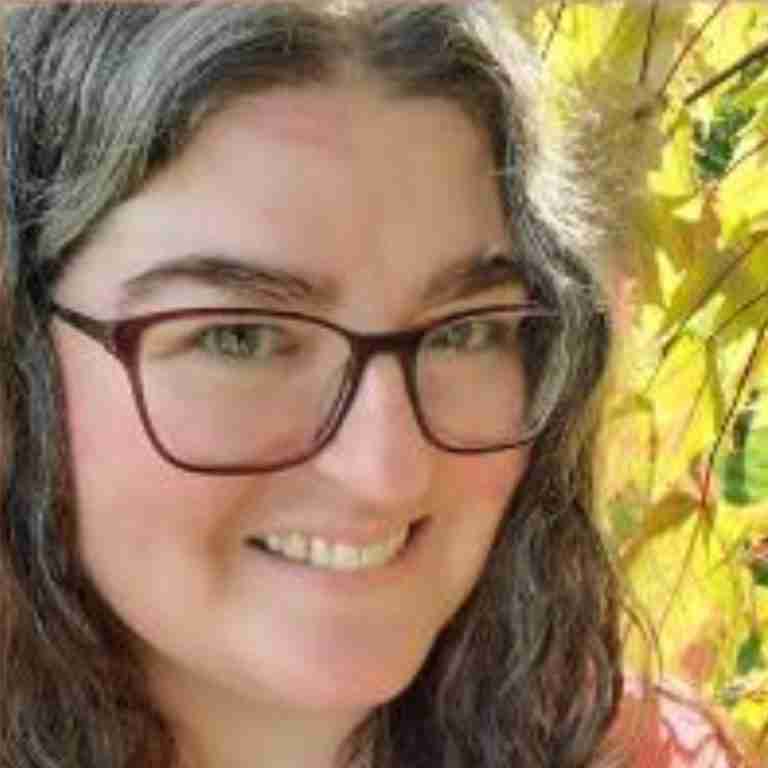
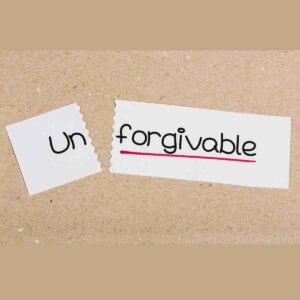
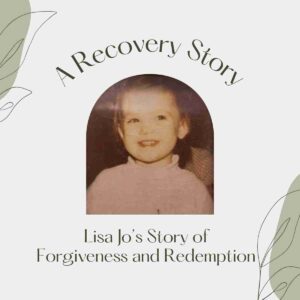
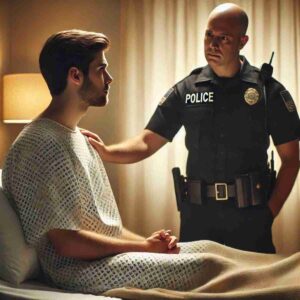
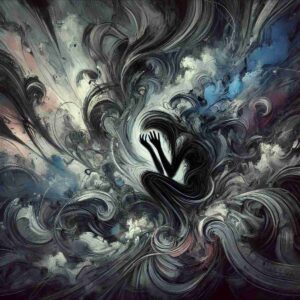



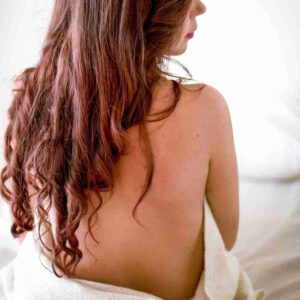
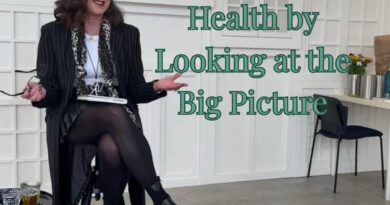
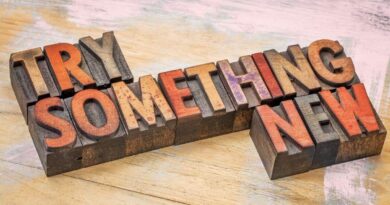
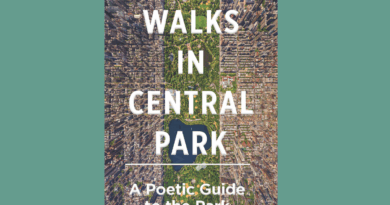
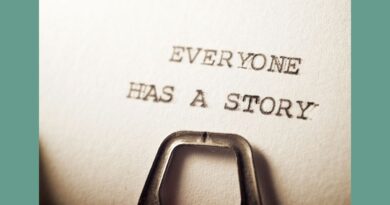










0 Comments